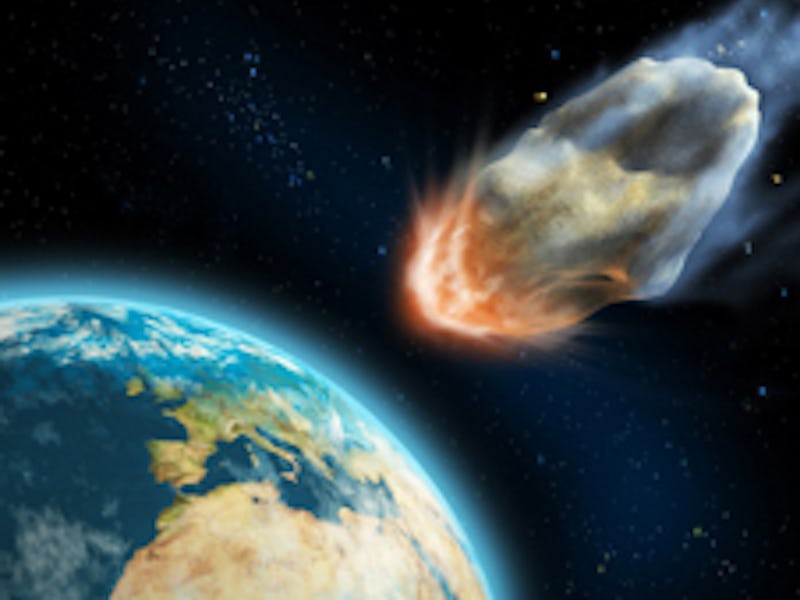The White House Contingency Plan for the End of the World

The year is 2017. Barack Obama is preparing to leave the office of the president, and the White House Office of Science and Technology Policy (OSTP) is preparing for an incoming threat which, despite its potential to level vulnerable populations across the entire planet upon impact, our current government is hesitant to take action against.
On January 3, the OSTP released a document titled “National Near-Earth Object Preparedness Strategy,” which outlines seven strategic goals for tracking asteroids and comets close enough to Earth to be of concern and subsequently mitigating any damage they might cause.
Rocks like these are called near-Earth objects, or NEOs. There have always been more NEOs around us than we liked to think. According to the report, a silent majority go “completely undetected,” despite the fact that all around us they’re burning up in the atmosphere. The smaller anonymous NEOs have been, to some degree, easy to ignore, until of course some inevitably coalesce to form an uber-NEO that threatens the future of civilization.
Despite their immense size, the largest and most concerning NEOs remain difficult to predict, so it can be hard to say with certainty what the nature of their hypothetical impact would be, though it is logical to assume it would be very bad. Members of government, unwilling to fund the programs necessary to protect at-risk civilians from the threat posed by this new wave of incoming NEOs, risk allowing history to repeat itself; we’ve faced older generations of these threats before. NEOs also have a well-documented history of dealings with Russia, though you may not wish to believe this is so:
“Similarly, an object estimated to be approximately 40 meters wide exploded over Tunguska, Russia in 1908 with the equivalent of 5-10 megatons of TNT and leveled over 2,000 square kilometers of trees. If a similar airburst event were to occur over a major metropolitan area, millions of injuries and casualties could result. Current estimates of the NEO population predict that over 300,000 objects greater than 40 meters in size could be an impact hazard to the Earth and have not yet been detected.”
If you read such a thing and find yourself unsettled about what the future holds, it may be of use to tell yourself this is a threat to take seriously, but not literally. It is always possible that the larger NEOs are merely posturing, and as such, we should give them a chance. True, upon impact they would almost certainly result in immense loss of human life and an eventual collapse of infrastructure and government, which is a very understandable source of economic anxiety, but perhaps it will all make for good television.
If it appears that a dangerously large and dense juggernaut is indeed on a collision course, we can attempt to alter its trajectory of impact, though the means of doing so are either outdated or still in development, and kind of underfunded to boot. If it’s of any comfort, a decisive popular majority of intelligent civilians voted to not let a colossal NEO destroy the planet, though the fact that the threat looms overhead nonetheless would seem to indicate that the matter isn’t actually decided by democratic process.
As the OSTP document states, “efforts to comply with congressional directives … are several years behind schedule.” It is not enough to simply wish that a NEO would fling itself into the farthest reaches of outer space and never return. We need the resources to be able to respond to the succession of new threats that are sure to arise over the next few years, and an increase, not a decrease, in funding for science and education. We need to be able to detect NEOs earlier, and grasp the scale of the threat before they’re already upon us and it’s too late to turn them aside. We need a government that is invested, in both the financial and ethical sense of the word, in its civilians’ best interests, and imminent among those interests would seem to be not getting pulverized by an incoming apocalyptic fireball. But that is not the government we have. To address this, OSTP urges us to “[b]uild international support for acknowledging and addressing the potential Earth impact of a large NEO as a global challenge,” which sounds pretty reasonable to me.
In the meantime, maybe you’d like to donate to Planned Parenthood.